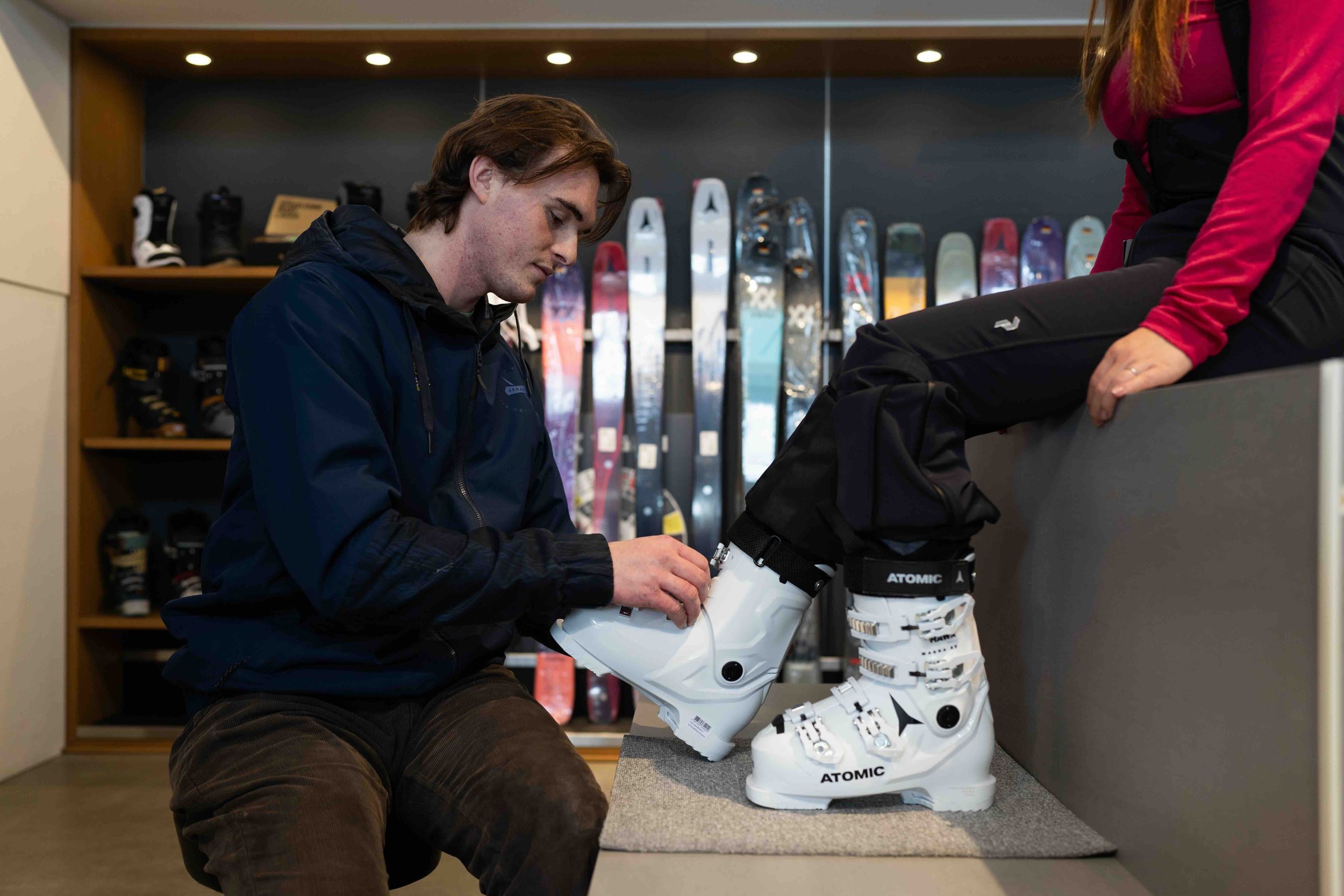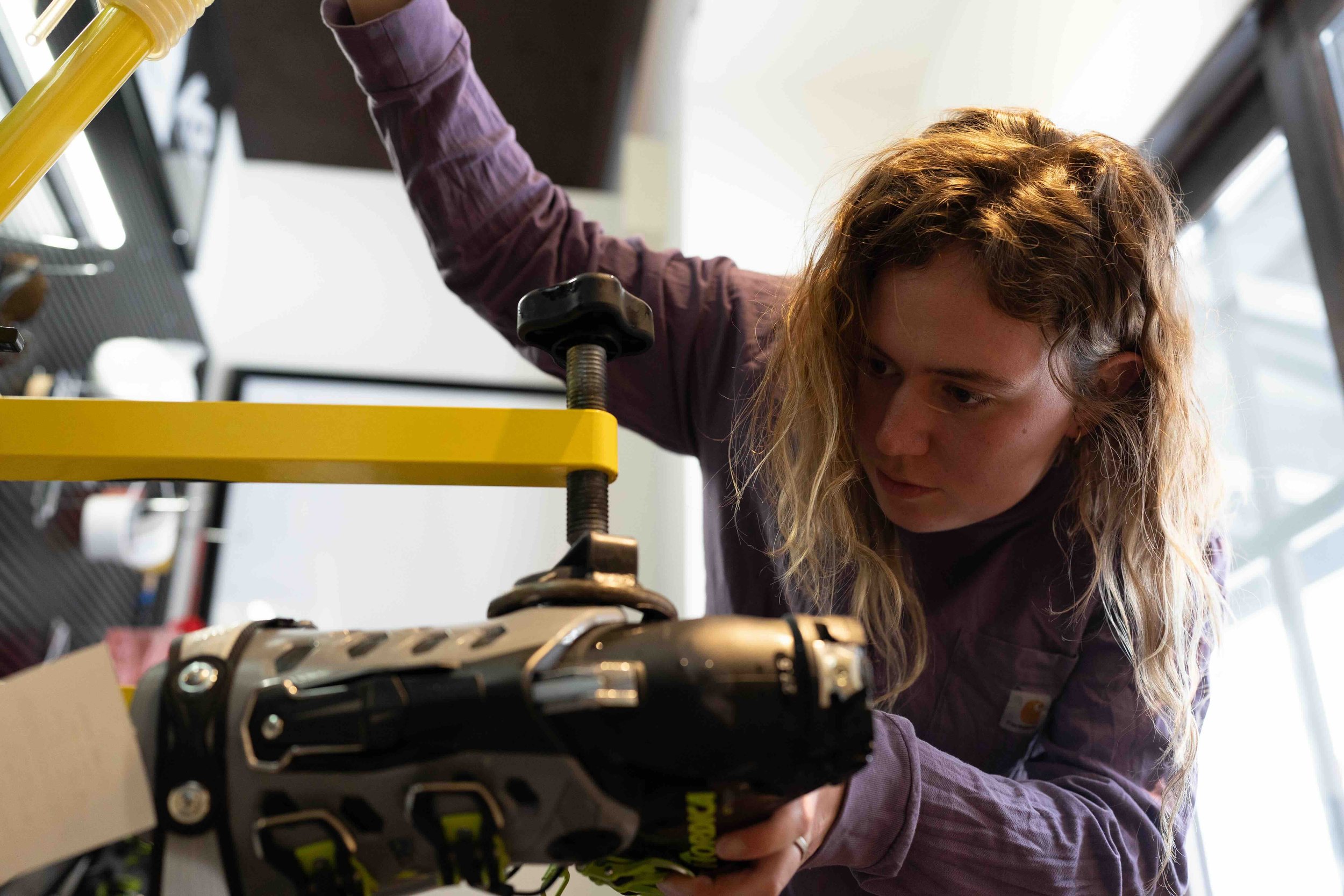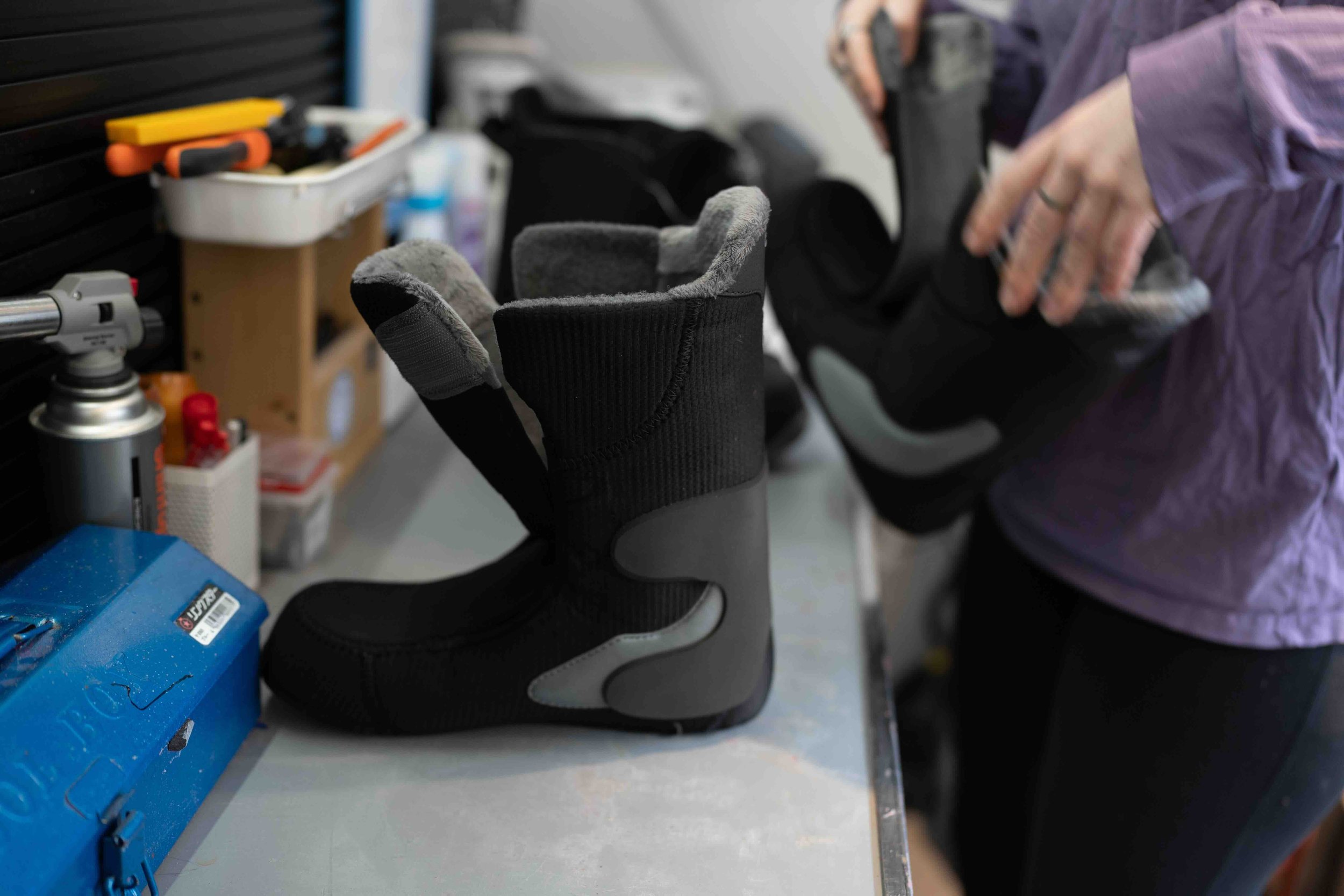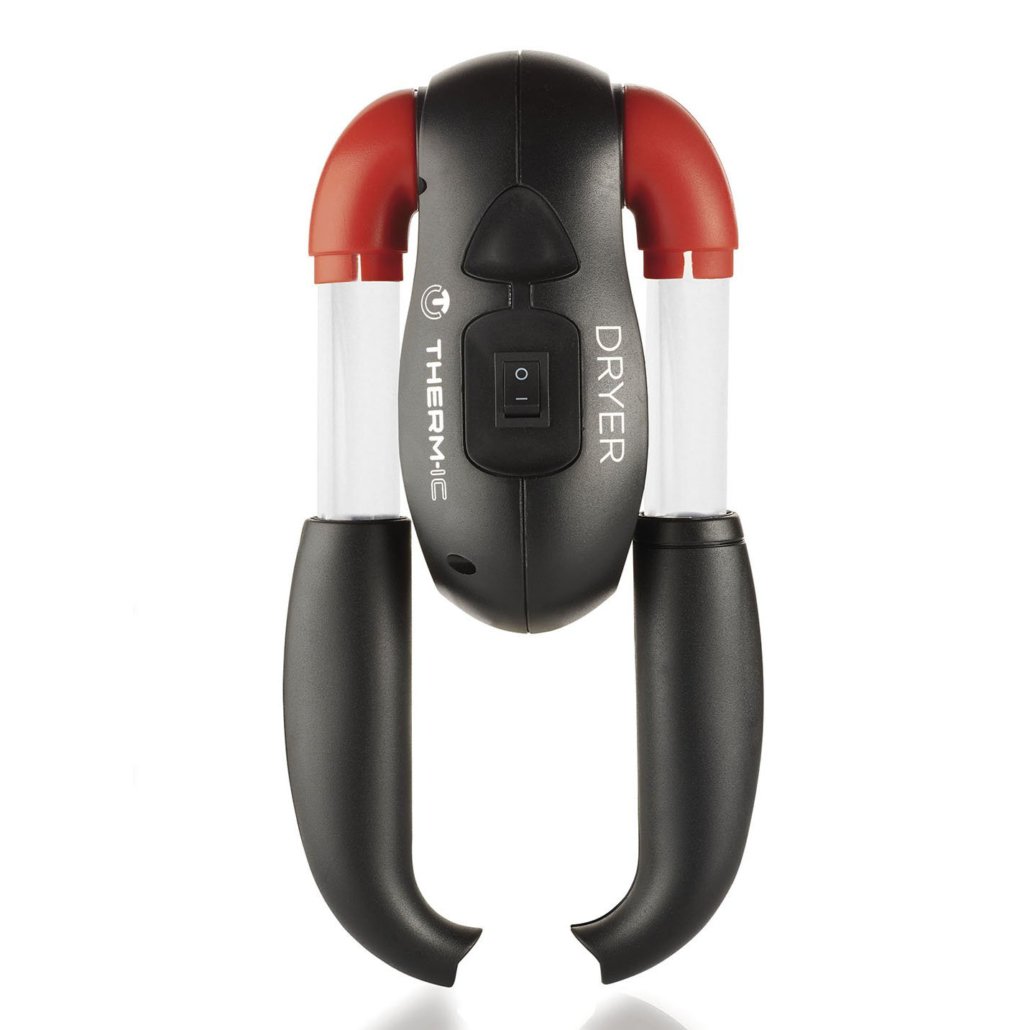Why It’s Worth Buying Your Ski or Snowboard Boots from a Reputable Bootfitting Store
For skiers and snowboarders, having the right boots is the foundation of a great experience on the slopes. Yet, finding the perfect fit can often be a daunting process. Many people unknowingly purchase boots that are too big, poorly suited to their anatomy, or simply not the right style for their skiing or boarding needs. Whilst at Boot Solutions we can improve the fit of boots you already own, starting with the right boot is crucial to achieving the ultimate fit and performance. Here’s why investing in a proper bootfitting experience from the very start is worth every penny, and how it can transform your time on the mountain.
The Pitfalls of Poorly Fitted Boots
Many retail shops sell ski and snowboard boots without offering a personalised fitting process, and the result can be detrimental to your on mountain experience. A common issue is being sold boots that are far too big. While they may feel comfortable in the store, oversized boots lead to reduced control, excessive movement, and potential foot pain on the slopes. Worse yet, they can be difficult to modify to achieve a snug and supportive fit. Although skilled bootfitters can make countless modifications to improve a boot, there are inherent limitations when starting with a boot that’s fundamentally wrong for your feet or your style of skiing.
This is why beginning your journey at a specialised bootfitting store is so important. Our expertise ensures that you to start the process with not only the correct size, but also a boot that is suited to your skill level, skiing style, and unique anatomy.
The Art of Bootfitting: Why Expertise Matters
Bootfitting is a combination of science and art. It’s not just about slapping on any available modifications but making careful, incremental changes to achieve the ideal fit. At Boot Solutions, we approach every pair of boots with precision and a tailored mindset. Instead of making sweeping changes that can compromise the boot’s integrity or performance—like widening the shell too much or unnecessarily increasing the volume—we fine-tune your boots on an ad hoc basis, which sometimes means over time. This is why we believe it’s optimal to get fitted for new boots at a store near the resort where you’ll be skiing, as that way, you can return for minor adjustments as needed. Usually any issues will come up within the first week of skiing, and with our three locations (Hakuba, Niseko Hirafu, and Niseko Village), you can return to any of our stores for further adjustments.
The Benefits of Ongoing Adjustments
One of the greatest advantages of visiting a bootfitting store near a ski resort is the ability to make incremental changes during your trip. Sometimes, issues with fit only become apparent after a full day on the slopes. By working with experienced bootfitters like those at Boot Solutions, you can address these issues as they arise, ensuring that your boots feel better with each adjustment.
How Should Ski Boots Fit?
For those new to skiing, a proper ski boot fit may initially feel tighter than expected. When standing upright, your toes should lightly brush the front of the boot, but when you flex forward into a skiing stance, they should pull back slightly. The fit should be snug around your entire foot without pressure points or excess space. Note that ski and snowboard boots are not designed for the same level of “comfort” as regular shoes, and this is because they are the connection point between your feet and equipment. When riding over bumps or rough terrain, the ski/board and boot must work together to absorb impact and transfer energy efficiently and in an oversized boot, excess movement allows parts of your foot and shin to smack into various areas of the boot. This repeated impact creates uneven pressure and can result in bruising, pain, and sometimes a phenomenon known as “shinbang.” Shinbang occurs when only part of your shin contacts the boot, concentrating pressure in a small area and leading to inflammation and soreness. Conversely, a correctly fitted boot supports your foot and shin evenly, ensuring all contact points distribute pressure equally. This reduces the risk of pain and improves your ability to control your skis effectively.
It’s also worth noting that even with perfectly fitted boots, some discomfort is normal in the beginning. If you’re new to skiing or snowboarding, or if it’s your first few days of the season, your feet may need time to adjust to the unique demands of these sports. This doesn’t necessarily mean your boots don’t fit; it’s simply a part of the process of your body getting acclimatised to the demands of the sport.
Common Boot Modifications and Their Benefits
Our bootfitters can perform a range of customisations to optimise your comfort and performance. Here are some of the most common modifications we offer:
1. Custom Footbeds
Custom footbeds provide a stable and supportive base for your feet. By matching the contours of your foot, they improve alignment, reduce pressure points, and enhance energy transfer to the ski or snowboard via providing a solid foundation from the ground up. This is by far one of our most common modifications, and we make custom footbeds for approximately 90% of our customers who buy new boots, and solve big portion of our walk in customers problems with custom footbeds. For example you might be getting a sore ankle, and by simply stabilising your foot with a footbed and distributing the pressure evenly, this will often eliminate the issue all together.
2. Shell Stretch/Punch
If the plastic shell of your boot is too tight in specific areas, we can stretch it to create more room. This is particularly common for skiers with wider feet or prominent bone structures, such as bunions. Shell stretching allows us to relieve pressure points without compromising the overall fit, by creating more room where you specifically need it, as opposed to going a size bigger just to fit that one problemed spot, and having everything else fit too big.
3. Custom Liner Upgrade
Upgrading to aftermarket custom liners, such as ZipFit or Intuition, can dramatically enhance the fit and feel of your boots. These liners are not only heat mouldable, but also have are made by more higher end materials that allow them to conform more precisely to the shape of your foot, ankle and leg, increasing comfort and performance. ZipFit liners, for example, use a cork material that adapts over time, while Intuition liners offer lightweight warmth and support.
4. Foam Padding and Volume Adjustments
In some cases, we add foam or other materials inside the boot to fill empty spaces and eliminate unwanted movement. For example, skiers with low-volume feet may benefit from padding in specific areas to achieve a snugger fit. These modifications are particularly useful when small adjustments are needed to fine-tune the fit.
5. Canting Adjustments
For skiers who struggle with alignment issues, canting adjustments can help align the boot’s cuff with your leg shape. This improves balance and reduces strain on your knees, especially for those with bow-legged or knock-kneed stances.
Why Invest in the Right Boots from the Start?
While it may be tempting to buy boots online or at a generic retail store, this often leads to frustration and disappointment. A reputable bootfitting store not only helps you find the right boot but also offers a level of expertise and service that you simply can’t get elsewhere. From personalised recommendations to precise modifications, our goal is to provide you with a boot that enhances your experience on the slopes.
So, whether you’re a seasoned skier or a first-timer, investing in boots from a reputable bootfitting store like Boot Solutions is the best decision you can make. Your feet will thank you, and your time on the mountain will be that much more enjoyable. Don’t settle for “good enough”—get boots that are truly designed to work for you.
Ready to Find Your Perfect Fit?
Visit us at Boot Solutions, where our expert team is ready to guide you through the custom boot fitting process. We don’t require customers to make an appointment, however if you are looking to buy new boots, new liners, or have custom footbeds, we do recommend making an appointment as it does allow us to be that much more ready for you. Click here to learn more about how our appointments work.











